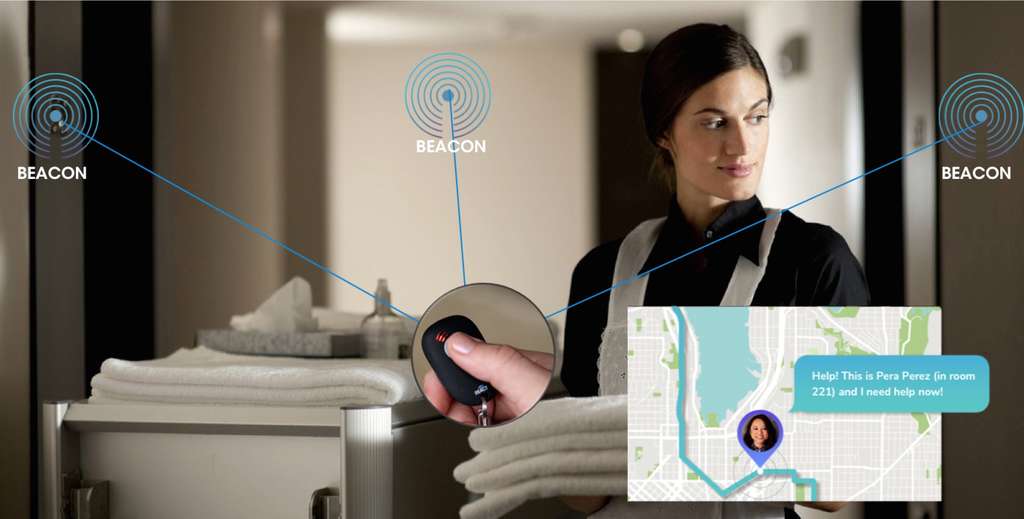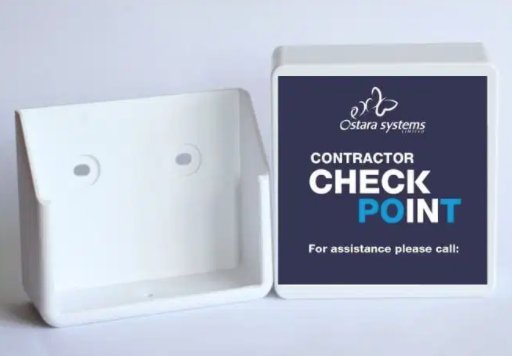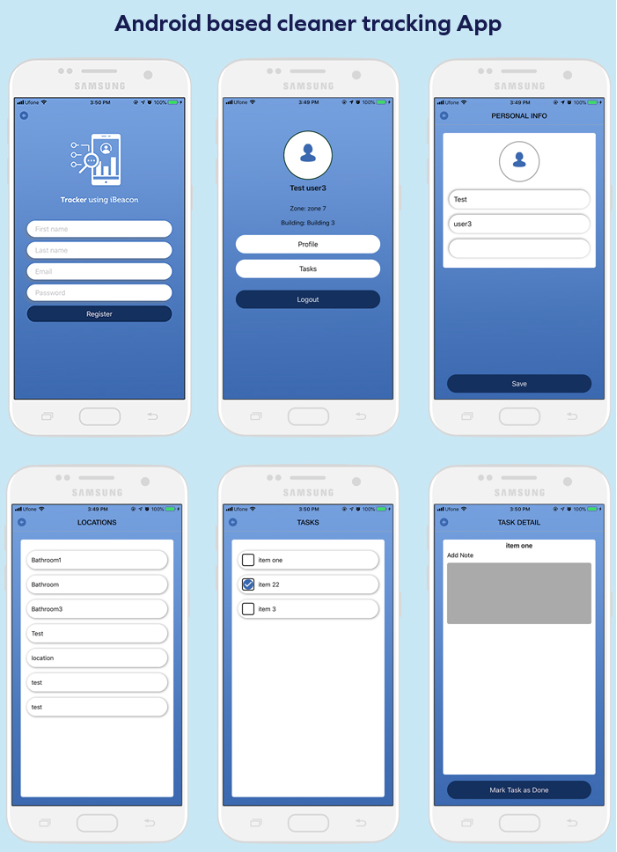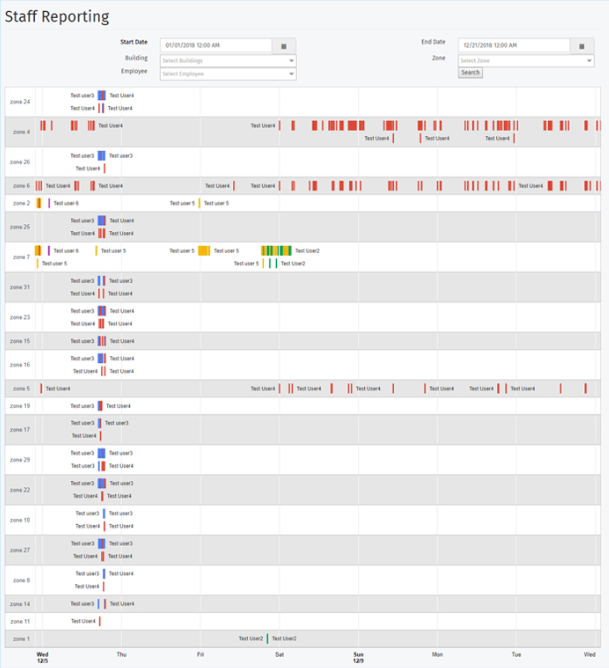Staff duress, also known as employee duress or worker duress, is where employees may feel threatened, intimidated, or unsafe while performing their job duties. This can occur in a variety of industries, including healthcare, education, retail, hospitality, and security.
Problems associated with staff duress include:
- Employee safety: If employees feel threatened or unsafe, it can have a negative impact on their well-being, job satisfaction, and productivity.
- Employer liability: Employers have a legal obligation to provide a safe working environment for their employees. Failure to do so can result in legal action and financial penalties.
- Costly incidents: If an employee is injured due to a safety issue, it can result in costly workers’ compensation claims, lawsuits, and reputational damage to the employer.
Beacons with buttons, used with real time locating systems, can help mitigate staff duress by providing a quick and effective way for employees to signal for help in an emergency situation. These devices have a wearable or handheld button that employees can press to trigger an alert. The alert is then sent to a designated response team, who can quickly assess the situation and provide assistance as needed.
Beacons with buttons can be especially useful in industries where employees work alone or in remote locations. They can also be helpful in schools and universities, where teachers and staff members may be at risk of violence or other safety threats.





